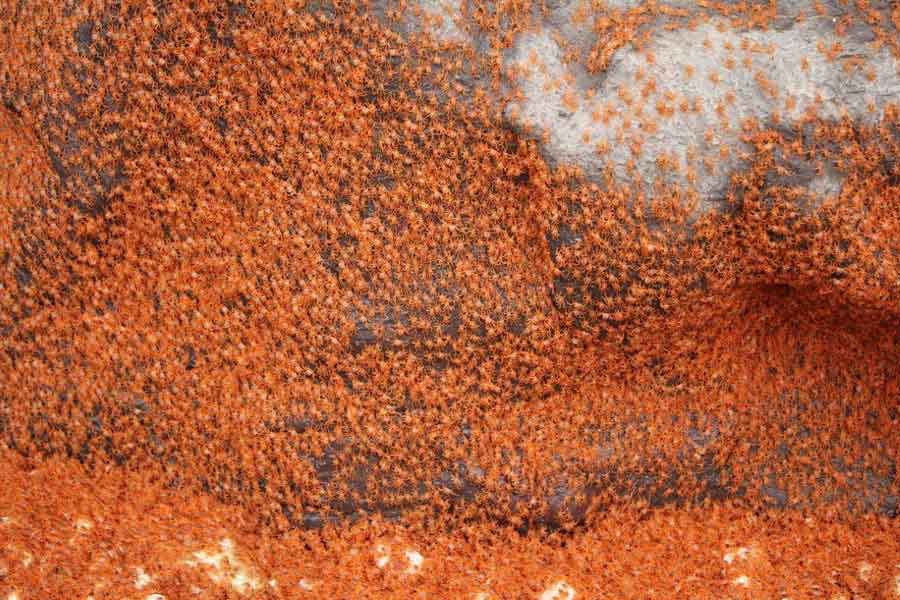
Three hundred kilometers south of Java, the island of Christmas emerges from the Indian Ocean, covered in lush vegetation that serves as a habitat for 150 million red crabs, a unique case in the world, as they feed on flowers and fruits.
The first crabs that ventured inland found little competition and few predators because few land animals have been able to reach the island. Over time, the crabs adapted to their new terrestrial life, changing their habits, their food, and the way they obtain it. Today, the descendants of those conquerors cannot swim.
Despite their successful colonization, their roots still connect them to the sea, and their larvae can only develop in coastal waters. That is why millions of red crabs leave the forests every year and march to the coast to reproduce. Many die along the way, and those who arrive run the risk of drowning. Mating occurs on the beach, with each female carrying thousands of eggs in a pouch under her tail. Spawning takes place on the line where the sand meets the sea. In this ritual, some individuals are caught by the waves and drown.
The eggs hatch in the seawater, where the larvae develop and struggle relentlessly to reach the coast. After 25 long days, they succeed, and the beach is invaded by a multitude of miniature crabs stumbling their way into the thick jungle.
«You cannot defend what you do not love, and you cannot love what you do not know.»

